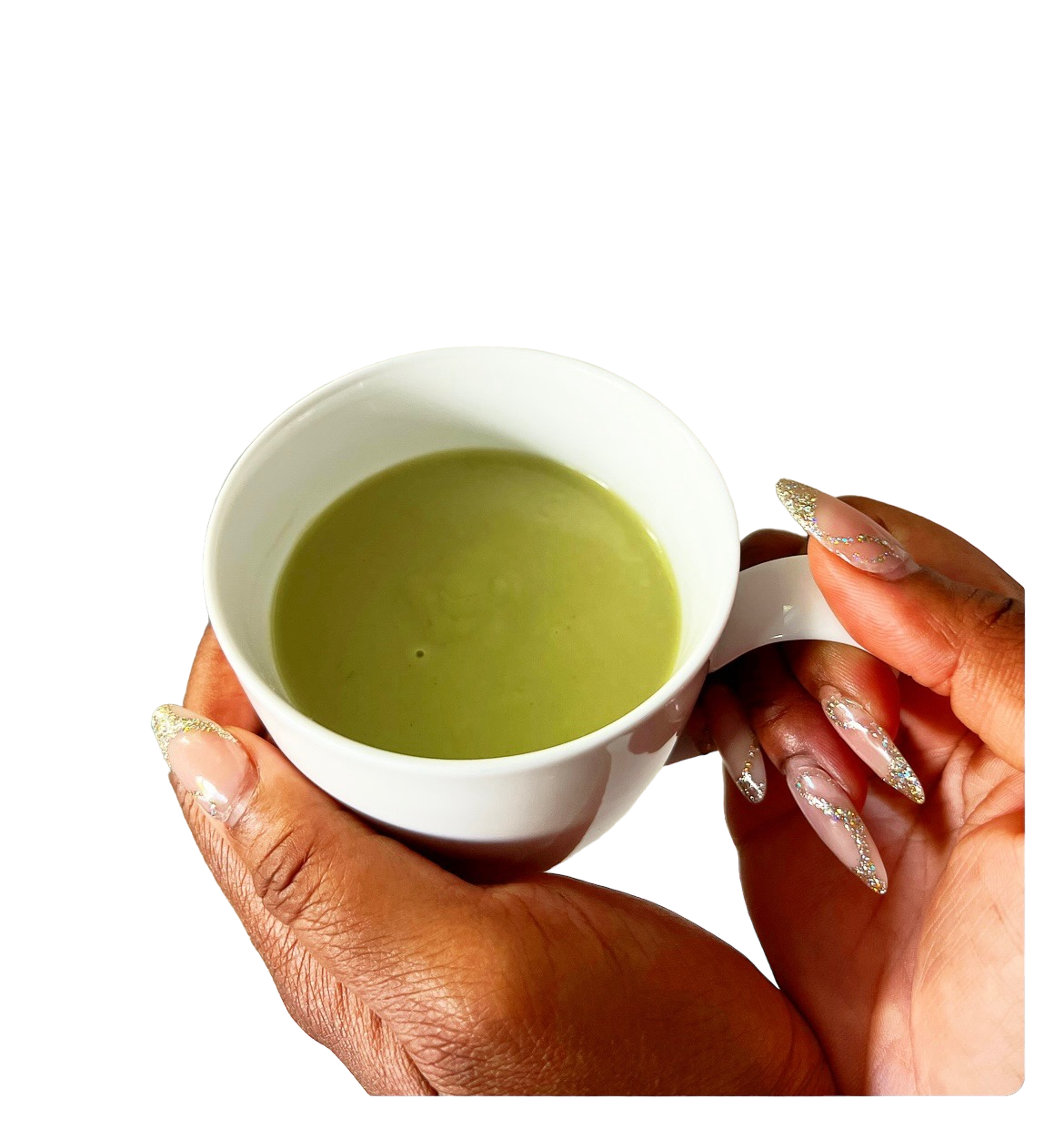There are a few things in life that we deem important: family, work, religion and health. No matter what order you put these categories in, you simply struggle to maintain a healthy relationship with any of them if you’re in poor health. One absolutely sure shot way to stay at the top of your game when it comes to health is by sustaining a well balanced diet. Sustaining a balanced diet requires commitment and effort, but there are things we recommend to make it easier. Plan your meals, include a variety of foods practicing portion control, limiting processed foods and stay hydrated. Always allow for flexibility and seek support from family, friends or healthcare professionals to make it easier and help you stay on track. You should be eating all the colors of the rainbow, and no we don’t mean skittles. Eating a variety of different colored foods can be beneficial for overall health and well-being. Each color in fruits and vegetables is associated with unique nutrients, antioxidants, and phytochemicals that provide different health benefits.
For example, red fruits and vegetables such as tomatoes, watermelon, and strawberries contain lycopene and anthocyanins, which can help reduce the risk of certain cancers, heart disease, and stroke. orange and yellow fruits and vegetables such as carrots, sweet potatoes, and citrus fruits are rich in beta-carotene and vitamin C, which can improve immune function, promote healthy skin, and support vision health. Green leafy vegetables like spinach, kale, and broccoli contain chlorophyll and lutein, which can help protect against age-related macular degeneration, cancer, and cardiovascular disease. Blue and purple fruits and vegetables such as blueberries, eggplant, and grapes are rich in anthocyanins, which can help improve brain function, reduce inflammation, and support heart health.
By including a variety of colorful fruits and vegetables in your diet, you can ensure that you are getting a diverse range of nutrients and antioxidants that can promote overall health and prevent chronic diseases. If ever I could teach my children anything it would be to eat their fruits and veggies everyday. It sounds silly and rudimental to say at times but it really is the truth. I feel like I’m at the top of my game when I’m eating healthy on a regular basis. I don’t believe in dieting but eating well as a lifestyle. Sure sometimes we indulge, weather that be on the weekends or during holidays. But, we always bounce back.
A well-balanced plate should include a variety of different food groups, including protein, carbohydrates, fruits and vegetables, in appropriate portions. Your plate daily should be 50% plant based: go for non-starchy vegetables such as leafy greens, broccoli, bell peppers, carrots, or zucchini. These vegetables are low in calories, high in fiber, and provide essential vitamins and minerals. 1/4 of your plate should be devoted to protein: go for lean protein sources such as chicken, fish, tofu, legumes, or eggs. This portion size can vary based on your individual protein needs and goals. Lastly, 1/4 of your plate should be devoted to complex carbohydrates such as brown rice, quinoa, whole-grain bread, or sweet potatoes. These foods provide sustained energy and fiber. I say all that to encourage you to know what you’re putting in your body so you have the best chances at putting your best foot forward. Good luck on your healthy lifestyle journey.





